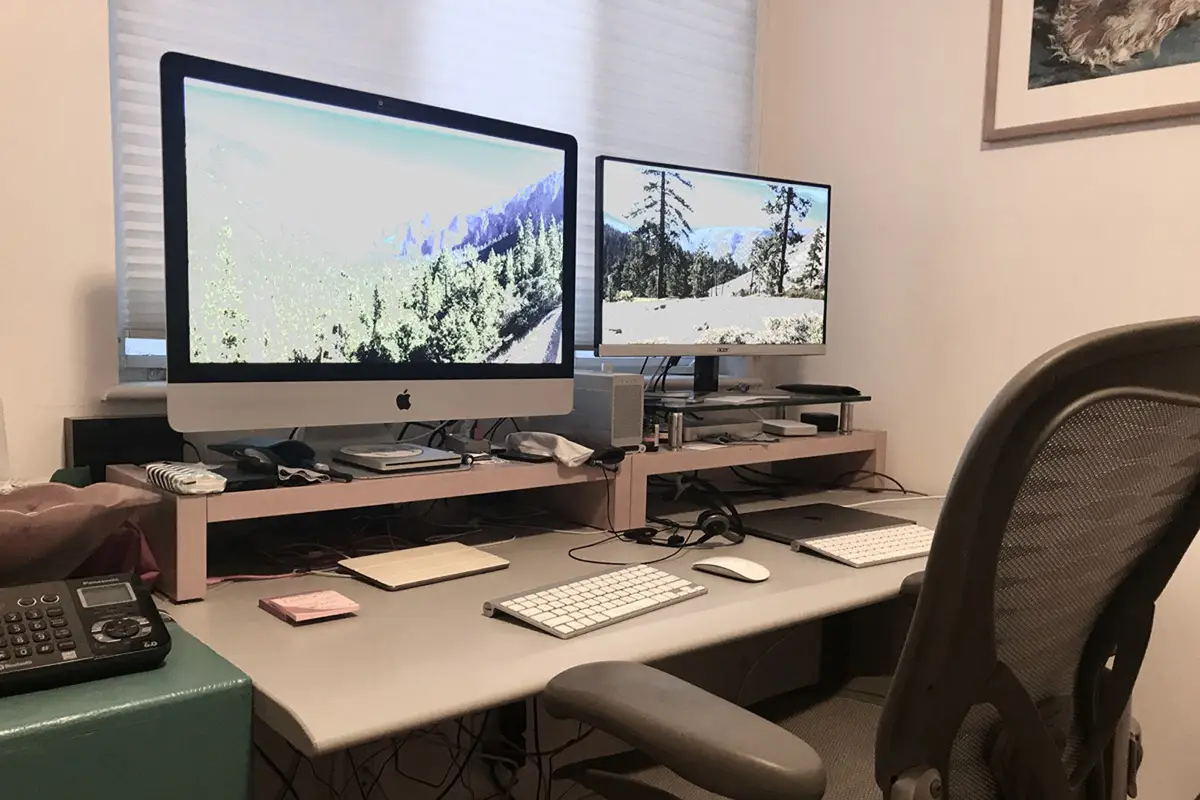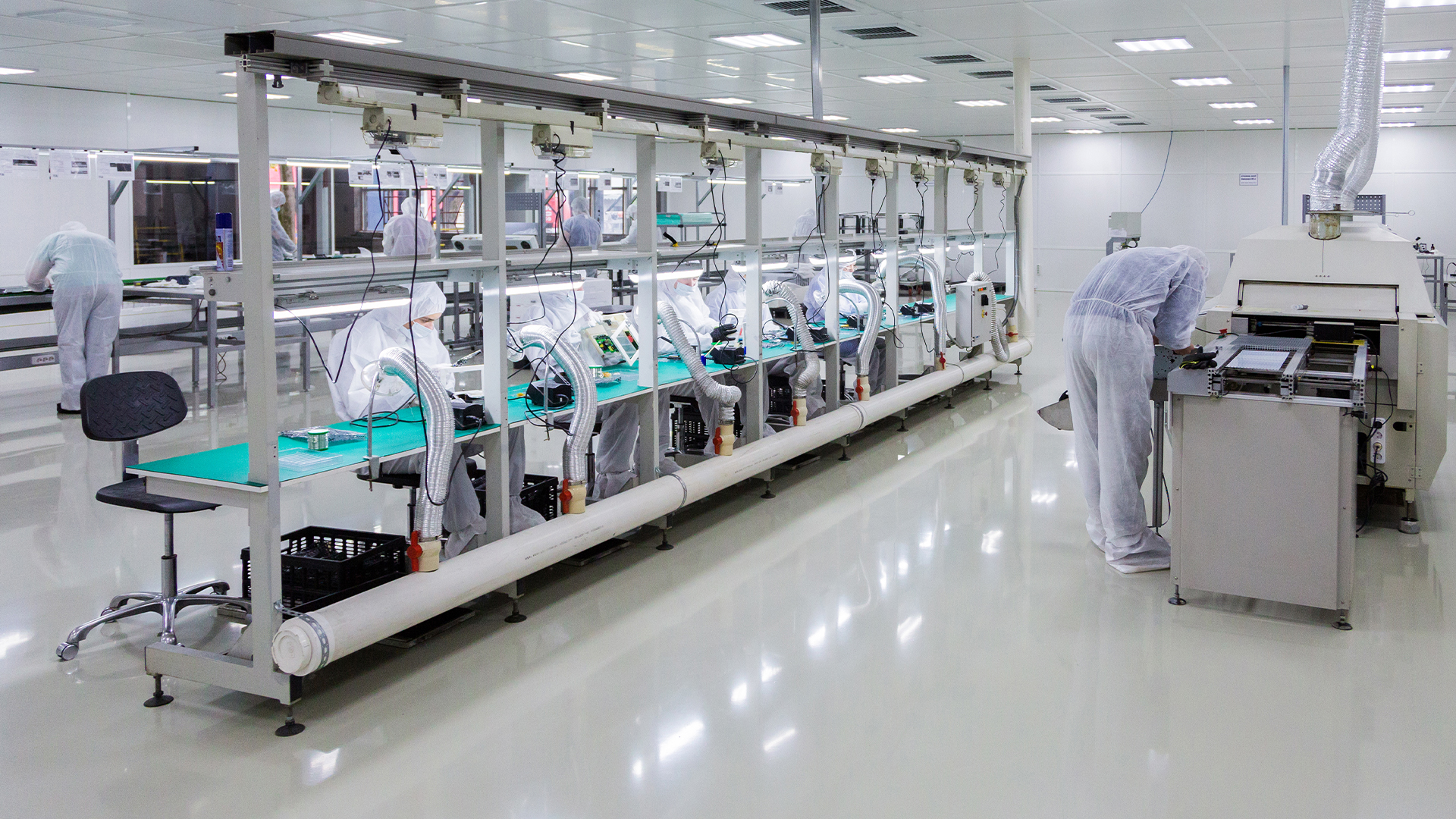The Devastating Impact of micro plastics on Marine Ecosystems
26th Nov, 2023The catastrophic effects of micro plastics on marine environments have gained significant attention in recent years. With an estimated 50 trillion micro plastic particles contaminating the world's oceans, the environmental implications are profound. These minuscule plastic fragments, measuring less than 5mm in diameter, are present in sea salt, drinking water, and even British mussels. Despite their small size, these particles pose a considerable threat to marine life, causing harm to various organisms and ecosystems.
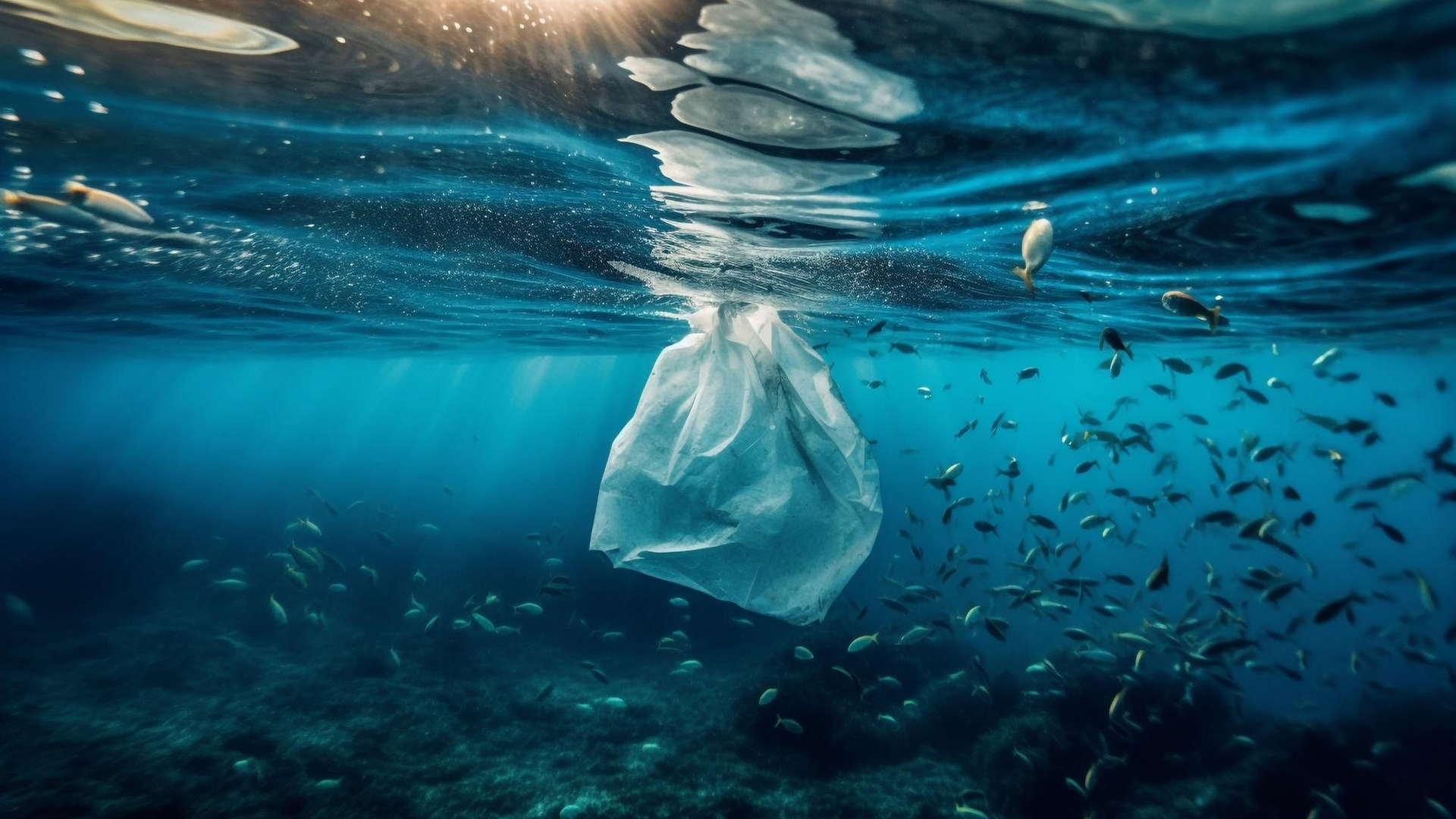
Introduction
The catastrophic effects of micro plastics on marine environments have gained significant attention in recent years. With an estimated 50 trillion micro plastic particles contaminating the world's oceans, the environmental implications are profound. These minuscule plastic fragments, measuring less than 5mm in diameter, are present in sea salt, drinking water, and even British mussels. Despite their small size, these particles pose a considerable threat to marine life, causing harm to various organisms and ecosystems.
The Persistent Problem of micro plastics
Micro plastics persist in the environment indefinitely, as they degrade at an incredibly slow rate, taking hundreds of years to break down completely. Claudia Sick, a biologist and project manager at the Danish NGO Plastic Change, emphasizes the long-lasting nature of plastic pollution. This longevity contributes to the potential harm caused to marine organisms over extended periods.
Impact on Marine Life
While the larger plastic debris in oceans often remain unseen, micro plastics are pervasive and insidious. These particles are ingested by marine creatures, causing harm to their vital organs and systems. In mussels, micro plastics can adhere to their feeding filtration organs, while in fish, they can obstruct gills and digestive systems. This disruption can lead to the inability to catch or digest food, induce stress, and hinder proper respiration. Consequently, the consequences for marine wildlife are grave, as these particles can significantly compromise their overall health and survival.
The Challenge of Quantifying micro plastics
Efforts to understand and combat the micro plastic problem are hindered by the challenges of quantification. Current analysis systems struggle to accurately identify and measure particles smaller than 0.3mm in diameter. This makes it difficult to grasp the true extent of the problem, as many particles fall within this size range. Emmanuel Jacquez, a researcher in the field, points out the lack of standardized methods for quantifying micro plastics between 0.3mm and 0.005mm in diameter.
Utilizing Technology to Address Water Scarcity
While there exists an abundant supply of freshwater on our planet, the unfortunate reality is that one out of every nine individuals worldwide lacks access to safe drinking water. This disconcerting statistic underscores the urgency of leveraging technology as a critical solution to combat the global water scarcity crisis.
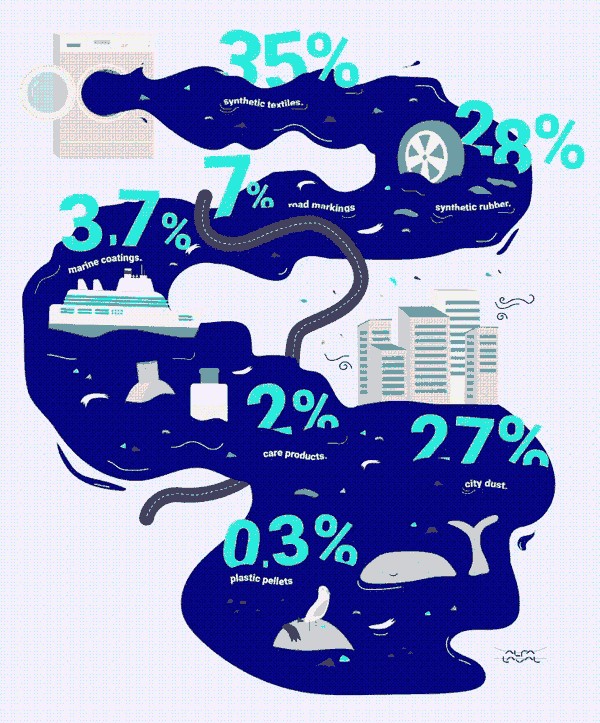
Factors such as population growth, urbanization, and shifting lifestyles exacerbate the strain on limited sources of safe drinking water. Projections indicate that by 2030, global water supplies will only be able to meet 60 percent of the world's demand. In certain developing regions already grappling with insufficient freshwater resources, these supplies will fall short of satisfying less than half of the demand. There is no single solution to this complex challenge, but technology emerges as a pivotal player. Innovations like waterless toilets, inventive water purification systems, and water-efficient plant varieties hold the potential to ensure equitable water access for all. A compelling illustration of technology's impact can be found in the following example.
Turning Seawater into Drinkable Water
In Karachi, Pakistan, a metropolis serving as an economic and commercial hub for nearly 14 million residents, the need for potable water is steadily growing. The city primarily relies on the Indus River for its water supply. Faced with this escalating demand, one of Asia's largest housing authorities initiated a global quest to identify a sustainable solution. This endeavor led to the establishment of DHA Cogen Ltd (DCL), a joint venture between Karachi's Defense Housing Authority (DHA) and Sacoden Investments from Singapore.
DCL embarked on a pioneering endeavor by constructing Pakistan's inaugural co-generation plant capable of generating electrical power and potable water simultaneously. The decision to utilize our cutting-edge technology stemmed from its groundbreaking desalination process, which effectively transforms seawater into fresh, safe-to-consume water. The plant operates on the principle of co-generation, channeling waste heat from one apparatus to fuel another. This innovative approach ensures exceptional energy efficiency by harnessing exhaust steam from a steam turbine to power the desalination process, effectively reducing energy expenditure.
Beyond its energy-efficient design, the plant's sizeable seawater intake in relation to its freshwater output yields a salt concentration in the discharged water that poses minimal risk to marine life and the local seabed ecosystem. Moreover, the plant regulates the temperature of the water returned to the ocean, safeguarding the marine environment.
Since its launch in April 2008, the plant has successfully generated 94 megawatts of electrical power and approximately 4 million cubic meters of potable water annually. This abundant supply caters to the needs of over 100,000 residences and businesses in Karachi, serving as a prime example of technology's transformative potential in addressing water scarcity challenges.
Conclusion
The issue of water scarcity necessitates urgent attention and innovative solutions. Technology emerges as a beacon of hope, offering ingenious methods to counteract this pressing challenge. Through initiatives like the seawater-to-potable-water plant in Karachi, Pakistan, we witness the transformative impact of leveraging technology to create sustainable water sources. As we continue to confront the global water crisis, these advancements serve as a reminder that innovation holds the key to securing a future where safe and accessible drinking water is a reality for all.
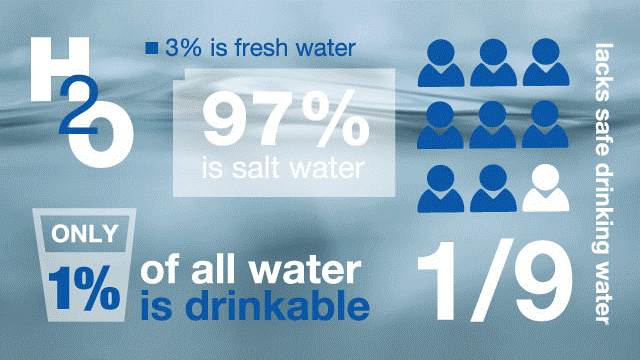
Sources of Micro plastics
Micro plastics originate from two main sources: "primary materials" and "secondary materials." Primary materials include micro plastics intentionally added to products like cosmetics and paints. Secondary materials arise from the breakdown of larger plastic items, such as fibers from textiles, car tires, and packaging.
Innovative Research and Solutions
Collaborative research projects, such as the partnership between Plastic Change, Aarhus University, Roskilde University, and EnviDan, have shed light on the presence of micro plastics in wastewater treatment plants. The introduction of advanced technology, such as membrane bioreactors (MBRs), has proven effective in capturing micro plastics from wastewater. These innovative solutions contribute to minimizing the release of micro plastics into the environment.
The Road Ahead
While progress is being made in addressing the issue of micro plastics, there is still much work to be done. Governments are taking steps to regulate the use of micro plastics in cosmetics and other products, and the UN has issued resolutions to prioritize the reduction of marine litter and micro plastics. However, the complexities of the issue and the persistence of micro plastics in the environment mean that it will likely take time to fully address this challenge.
Conclusion
The devastating impact of micro plastics on marine ecosystems underscores the urgent need for action. These tiny particles, although barely visible to the naked eye, have the potential to disrupt entire ecosystems and harm marine life in profound ways. By implementing comprehensive measures to reduce micro plastic pollution at its source, developing effective quantification methods, and promoting global collaboration, we can work towards a healthier and more sustainable marine environment for current and future generations.














